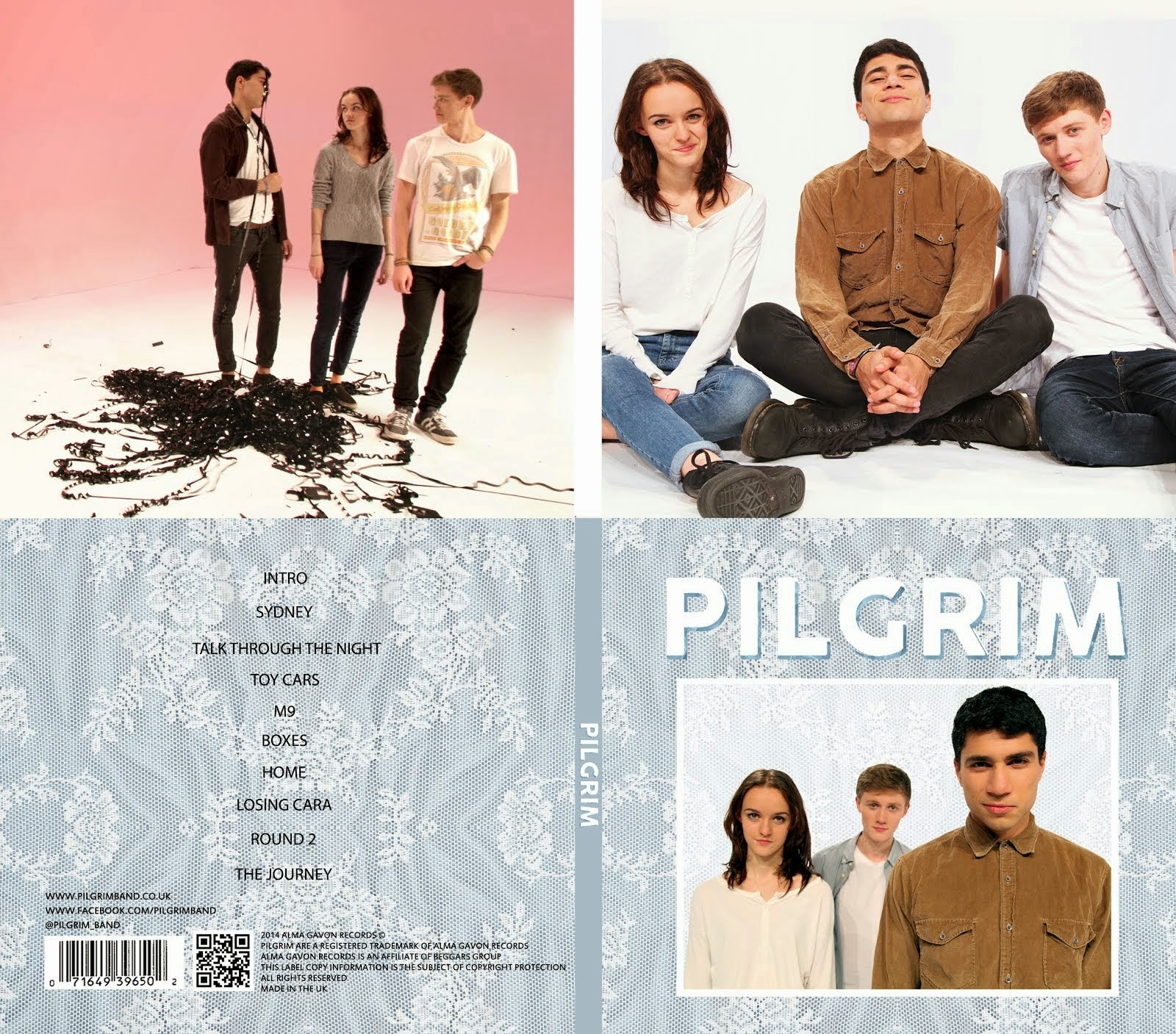 |
| Advertises the album straight away, all in black and white to reflect the band's style, simple design based around images |
 |
| Simple design but very eye-catching picture, band's name is huge, advertsing future show, very strong rock connotations with the flames and the long hair |
 |
| Advertising upcoming album, very simple, focal image is the upcoming album cover, date of release at the top |
 |
| Simple colour scheme that matches his latest album, ability to listen to his songs using icons at the-right |
 |
| Black and white with large logo in corner, Youtube video of live performance embedded, link to buy their album |
 |
| Very simple, advertising their latest album with link to multiple websites that sell it, image from album fills half the screen |
 |
| Minimalist blog design with updates from the band members and an advertisement for their app 'PolyFauna' |
 |
| Website changes colour to match the links that you hover over which is very aesthetically pleasing, band logo, image from their latest album is the focal image, ability to play their music using buttons in the top-right corner |
Patterns and Conventions
- Artist name and logo is always present and is normally very eye-catching
- The websites are all extremely visual with large images, bold text and a striking colour scheme
- The website is trying to sell the artist's music with a particular emphasis on their latest album
- All the websites are consistent with the style and image of the artist
- There are always links to social media as well as the ability to sign up for newsletters
- The websites have different sections for news, gigs, photos, videos, merchandise, etc.
- Each website is very unique and has a strong sense of identity and individuality
The exception to all these rules is Radiohead's 'Dead Air Space' blog which is purposefully very simple and plain. This makes it stand out from other websites and also makes it seems more personal with messages from band members and posts signed 'Thom' or 'Ed'.











No comments:
Post a Comment